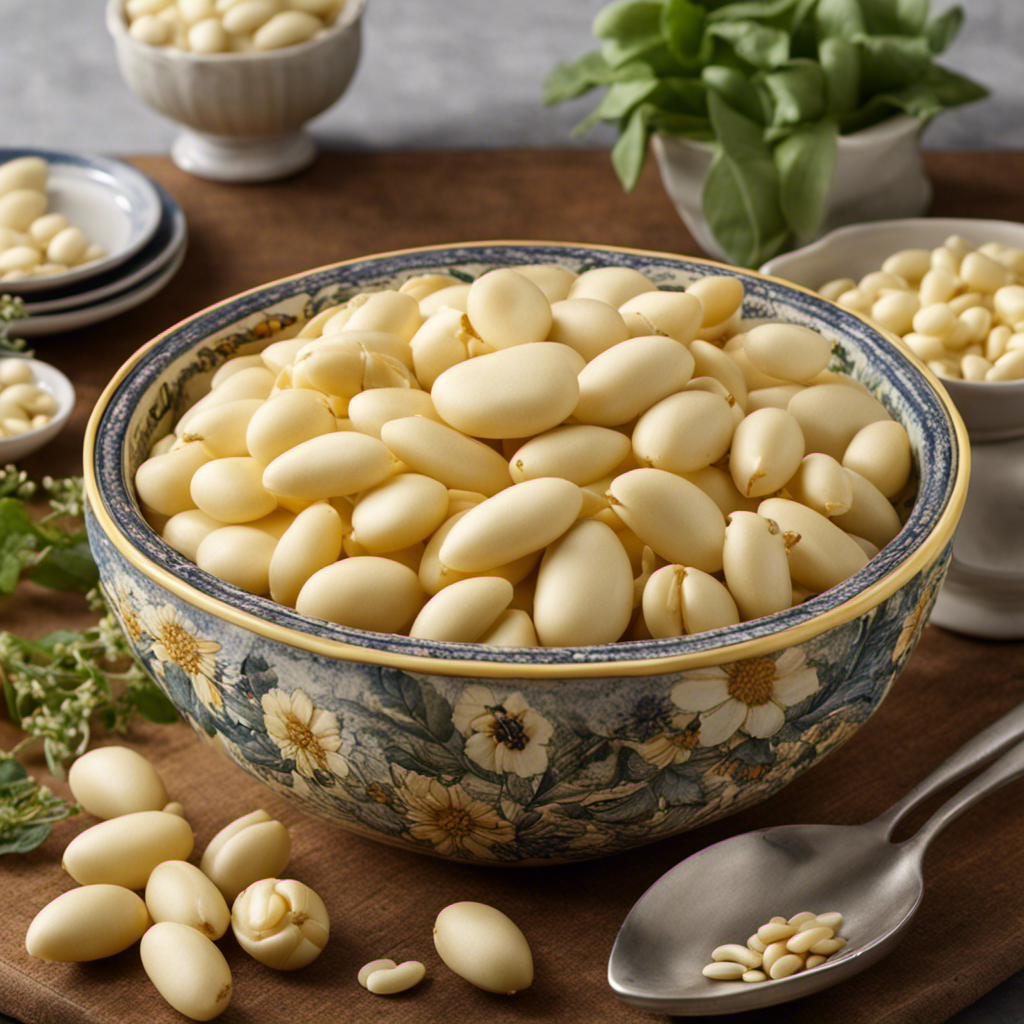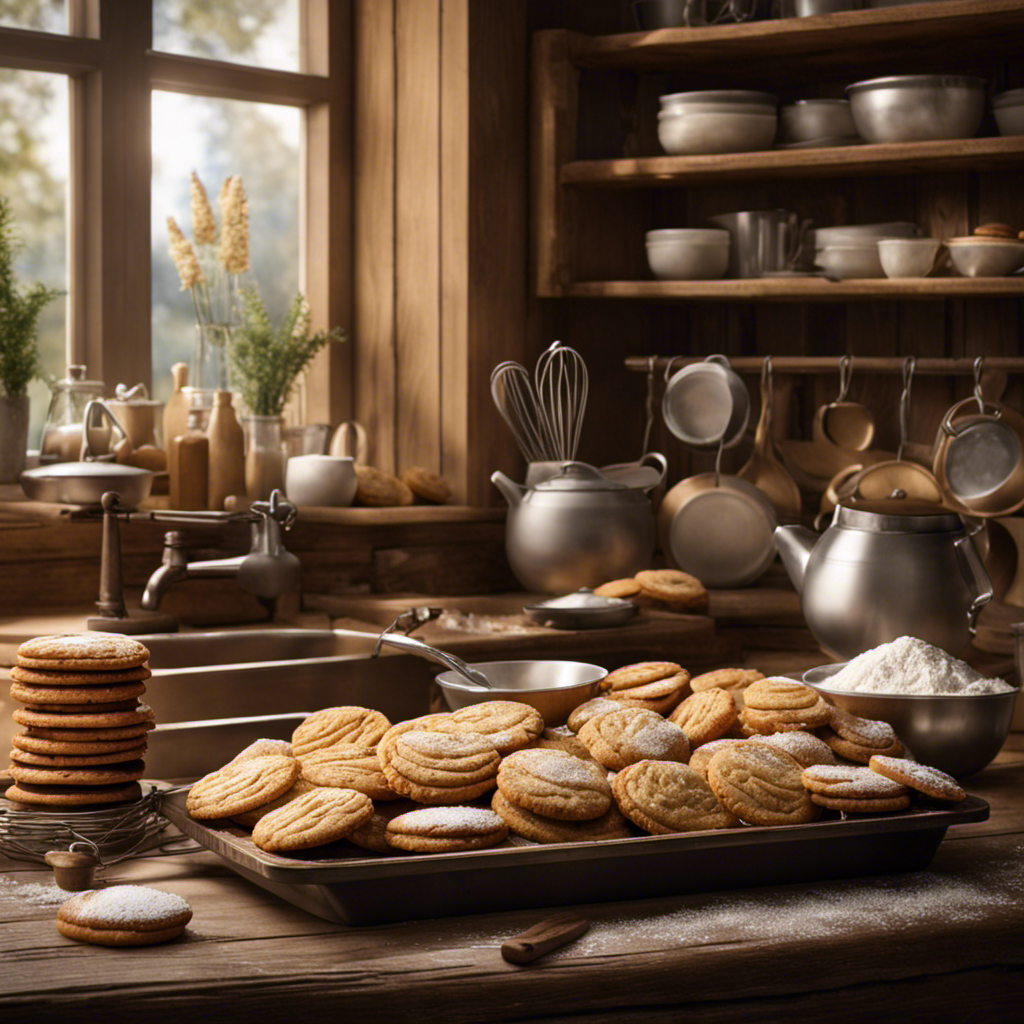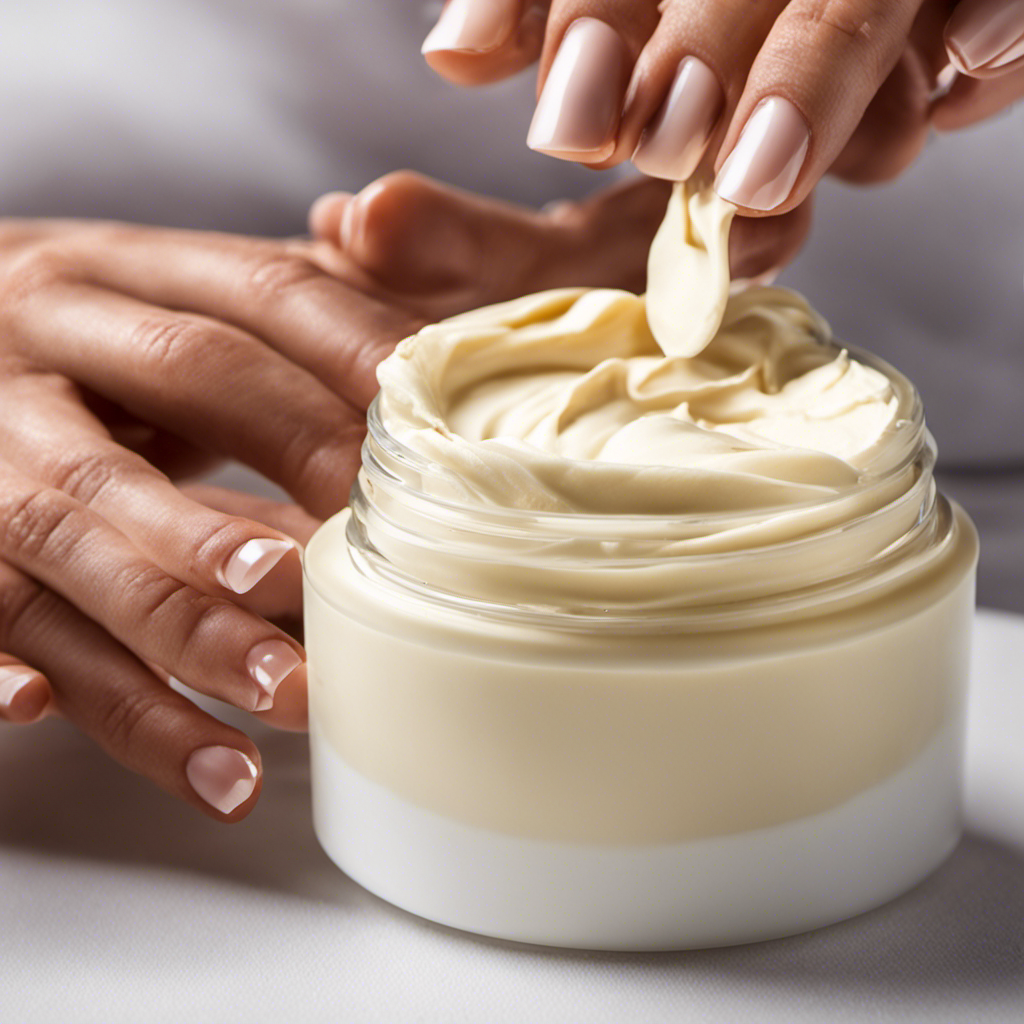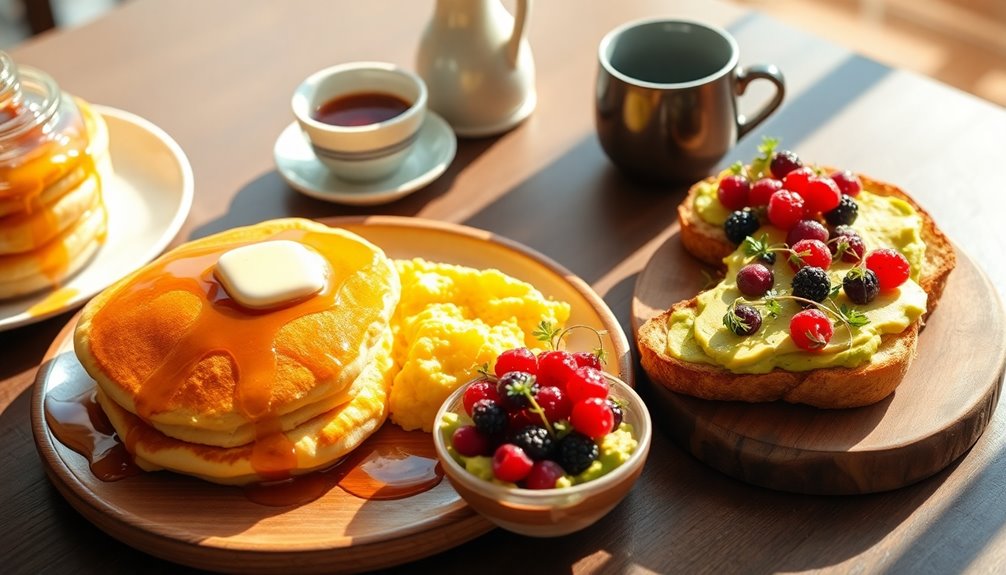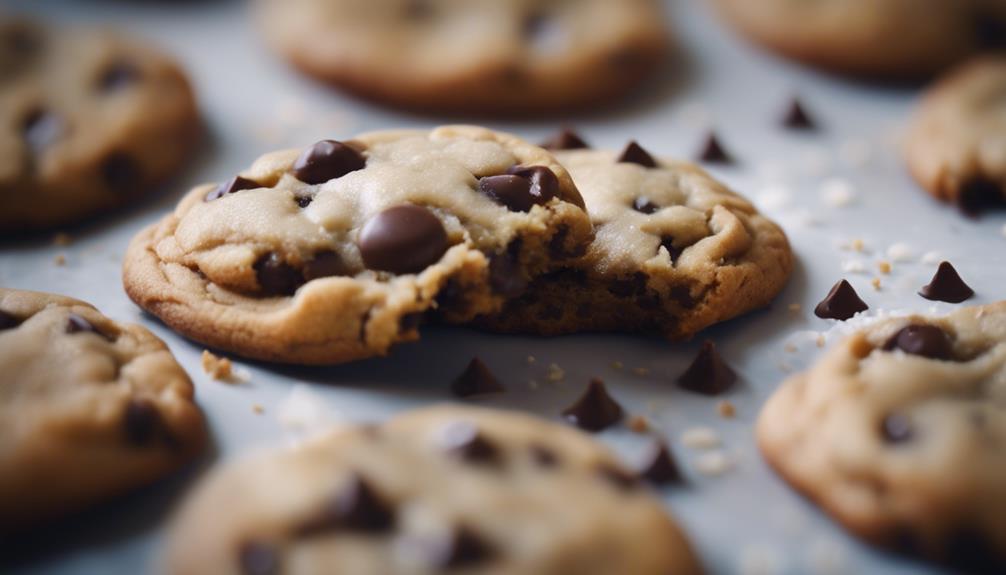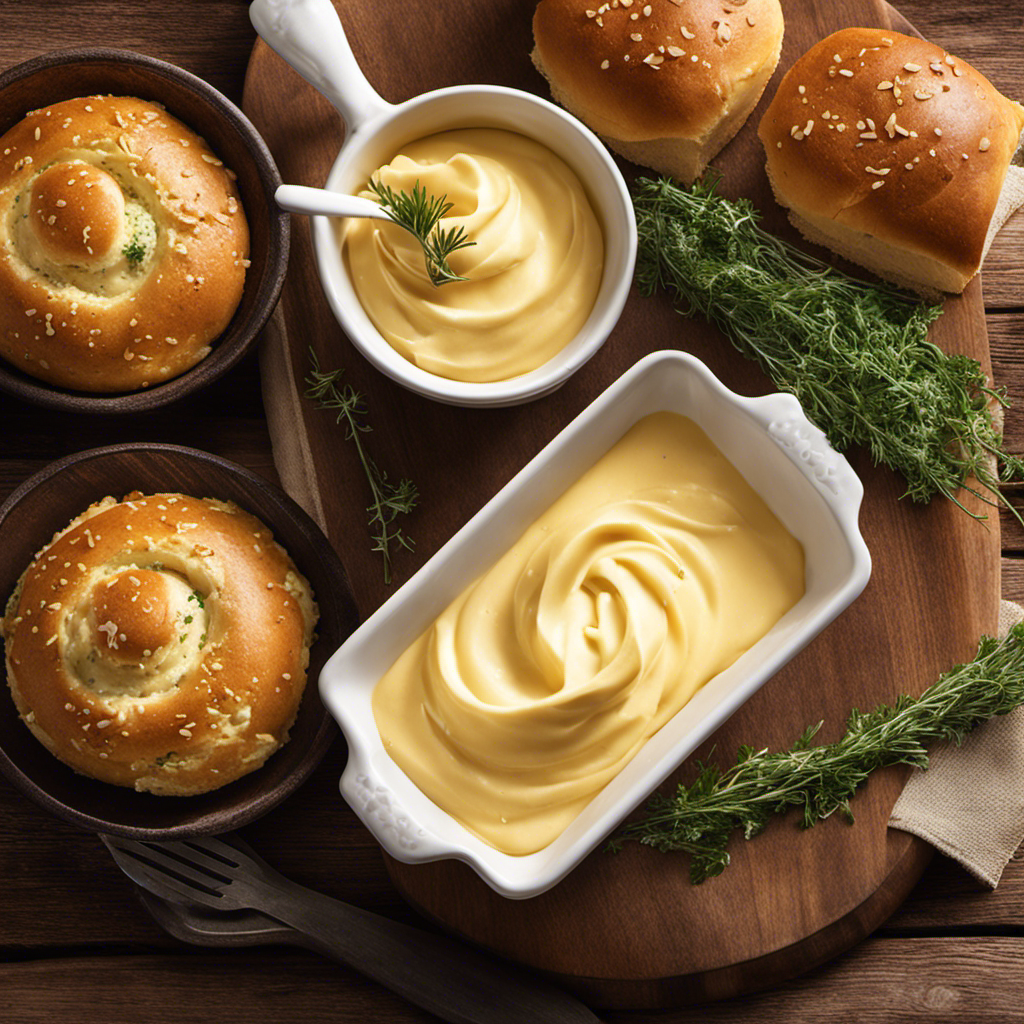Have you ever had a strong desire for a comforting and filling meal, only to discover that you are missing a crucial ingredient? Do not worry, as we are here to uncover the fascinating world of butter beans, or should we say, the various names they are known by.
These little legumes have a rich history and are known by a variety of monikers. Get ready to embark on a culinary adventure as we uncover the hidden identities of butter beans.
So grab a seat and prepare to be amazed by the diverse array of names that these humble beans possess.
Key Takeaways
- Butter beans are also known as lima beans.
- In some regions, they are known as sieva beans.
- Dixie beans is another name for butter beans in the southeastern United States.
- In certain parts of Europe, they are referred to as Madagascar beans.
Common Names for Butter Beans
Butter beans, also known as lima beans, are small and creamy beans that are named for their buttery texture and rich flavor. They are a versatile ingredient that can be used in a variety of culinary dishes. They are often used in soups, stews, and casseroles, adding a creamy and hearty element to the dish. They can also be mashed and used as a spread or dip.
In addition to their culinary uses, butter beans offer numerous nutritional benefits. They are an excellent source of dietary fiber, protein, and essential minerals like iron and potassium. Incorporating butter beans into your diet can help support digestive health, promote muscle growth, and support overall wellbeing.
Regional Names for Butter Beans
In certain regions, people refer to these legumes as ‘lima beans.’ But no matter what you call them, butter beans are a delicious and nutritious addition to any meal. Here’s why you should incorporate them into your diet:
-
Regional bean dishes: Butter beans are a staple in many regional cuisines around the world. From Southern-style butter beans in the United States to butter bean curry in India, these legumes are used in a variety of dishes that showcase their versatility and flavor.
-
Nutritional benefits: Butter beans are packed with essential nutrients. They are a good source of protein, fiber, and vitamins like folate and magnesium. They are also low in fat and cholesterol, making them a heart-healthy option.
-
Creamy texture: One of the reasons butter beans are so popular is their creamy texture. They have a smooth and buttery taste that pairs well with a wide range of ingredients, from fresh herbs to rich sauces.
-
Easy to cook: Butter beans are easy to prepare. Whether you’re boiling them, baking them, or adding them to soups and stews, they cook quickly and retain their shape and texture.
Alternative Names for Butter Beans
No matter what you call them, butter beans are a versatile and nutritious addition to any meal. These creamy legumes, also known as lima beans, are packed with essential nutrients that can benefit your overall health.
Butter beans offer a rich source of dietary fiber, protein, iron, potassium, and folate. Incorporating them into your diet can help improve digestion, support muscle growth and repair, boost energy levels, and promote heart health.
In the culinary world, butter beans are used in a variety of dishes, including soups, stews, salads, and casseroles. Their smooth texture and mild, buttery flavor make them a popular choice for both vegetarian and meat-based recipes.
Culinary Names for Butter Beans
Did you know that butter beans have a variety of alternative names depending on where you are?
This discussion will explore the different culinary names for butter beans, as well as regional bean variations and their culinary uses and recipes.
Get ready to dive into a world of delicious possibilities as we uncover the diverse ways in which these versatile beans can be enjoyed.
Alternative Bean Names
You might be wondering, what are butter beans also called? Well, these delicious legumes go by several different names depending on where you find yourself. Here are some alternative bean names that might surprise you:
-
Lima Beans: In the United States, butter beans are commonly referred to as lima beans. They got their name from the capital city of Peru, Lima, where they were first cultivated.
-
Sieva Beans: In some parts of the southern United States, butter beans are called sieva beans. This name comes from the Native American word for the bean, ‘siva.’
-
Dixie Beans: In the southeastern region of the United States, you might hear butter beans being called Dixie beans. This name reflects their popularity in traditional Southern cooking.
-
Madagascar Beans: In certain parts of Europe, butter beans are known as Madagascar beans. This name likely originated from the fact that Madagascar was a major exporter of these beans.
Regional Bean Variations
If you’re a fan of regional cuisine, you’ll love exploring the various variations of bean dishes in different parts of the world. One regional bean dish that stands out is the butter bean. Known for its creamy texture and buttery flavor, butter beans are a staple in many cultures and have a strong cultural significance.
In the southern United States, butter beans are often cooked with bacon or ham hocks for a rich and savory flavor. They are a common side dish in soul food and are often paired with collard greens and cornbread.
In the Caribbean, butter beans are a key ingredient in the popular dish known as rice and peas. The beans are cooked with coconut milk and spices, giving the dish a unique and tropical taste.
Butter beans also hold cultural significance in the Mediterranean region. In Greece, they are a key component of the traditional dish known as fasolada, a thick and hearty bean soup. This dish is often enjoyed during the winter months and is believed to bring good luck and prosperity.
No matter where you go, regional bean dishes offer a glimpse into the diverse and flavorful world of culinary traditions. Exploring the cultural significance of butter beans is not only a delicious adventure but also a way to appreciate the rich history and heritage of different cultures.
Culinary Uses and Recipes
When cooking with butter beans, consider trying out different culinary uses and recipes to add variety to your meals.
Butter beans, also known as lima beans, are versatile legumes that can be used in a variety of dishes.
Here are four culinary techniques for cooking butter beans that will help you make the most of this nutritious ingredient:
-
Soups and stews: Butter beans add a creamy texture and hearty flavor to soups and stews. They can be cooked until tender and then added to your favorite recipes for an extra dose of protein and fiber.
-
Salads: Butter beans can be a great addition to salads, providing a buttery taste and a satisfying texture. Try mixing them with fresh vegetables, herbs, and a tangy dressing for a refreshing and nutritious salad.
-
Purees and dips: Blend cooked butter beans with garlic, lemon juice, and olive oil to create a creamy and flavorful puree or dip. Serve it as a healthy alternative to traditional dips or use it as a spread on sandwiches and wraps.
-
Side dishes: Butter beans can be a delicious side dish on their own, simply cooked with some seasoning and herbs. They pair well with roasted meats, grilled vegetables, or can be added to rice and pasta dishes for an extra boost of nutrients.
In addition to their culinary versatility, butter beans also offer several nutritional benefits. They are a good source of plant-based protein, fiber, and essential minerals such as iron and potassium.
Incorporating butter beans into your meals can help support a balanced diet and contribute to overall health and well-being.
Native Names for Butter Beans
When it comes to beans, there is a rich tapestry of regional variations in names that span across different cultures and cuisines.
From the traditional bean names that have been passed down through generations, to the cultural references that beans hold in various societies, there is much to explore and discover.
Regional Variations of Names
You might be curious about the regional variations of names for butter beans. Well, wonder no more! Here are some interesting regional names for these delicious legumes:
-
Dixie Beans: In the southern United States, butter beans are often referred to as Dixie Beans. This name reflects the cultural significance of these beans in Southern cooking, where they are a staple in dishes like succotash and hoppin’ John.
-
Lima Beans: In many parts of the world, butter beans are known as Lima beans. This name comes from the capital city of Peru, where these beans were originally cultivated. Lima beans have a rich history and are an important ingredient in Latin American cuisine.
-
Sieva Beans: Another regional name for butter beans is Sieva beans. This name is commonly used in the Caribbean, particularly in Jamaica. Sieva beans have a unique flavor and are often used in local dishes like rice and peas.
-
Pallar Beans: In Ecuador, butter beans are known as Pallar beans. These beans are an essential ingredient in traditional Ecuadorian cuisine, where they are used in soups, stews, and salads.
Now that you know about the regional variations of names for butter beans, let’s dive deeper into the traditional bean names.
Traditional Bean Names
Now that we’ve covered the regional variations of names for butter beans, let’s explore the traditional names given to these legumes. Butter beans, also known as lima beans, have native bean varieties that have been cultivated for centuries across different cultures. These native bean varieties often hold cultural significance, with names that reflect their historical and culinary importance. Here’s a table showcasing some traditional names for butter beans:
| Native Bean Varieties | Cultural Significance |
|---|---|
| Haba beans | Spain and Latin America |
| Manteiga beans | Portugal |
| Pallar beans | Andean region |
These names not only reflect the origins of these beans but also highlight their cultural significance in various cuisines. Now, let’s delve into the cultural references to beans and discover their role in different societies.
Cultural References to Beans
Let’s explore the cultural references to beans and delve into their significance in various societies. Beans have been an important part of human culture for centuries, with different societies attributing different meanings to these humble legumes.
Here are some fascinating examples of the cultural significance of beans and bean symbolism in different cultures:
-
Ancient Egyptians: In Egyptian mythology, beans were considered sacred and were associated with rebirth and regeneration. They were often placed in tombs to nourish the deceased in the afterlife.
-
Native American tribes: Many Native American tribes view beans as a symbol of sustenance and fertility. They are often included in traditional ceremonies and rituals, representing abundance and the interconnectedness of all living beings.
-
Chinese culture: In Chinese cuisine, the symbolism of beans extends to their shape. The roundness of beans is associated with coins, and they are often served during festive occasions to bring prosperity and good luck.
-
Mexican culture: Beans, particularly black beans, hold a special place in Mexican cuisine and cultural identity. They are a staple food and are often associated with comfort, tradition, and family.
These examples highlight the rich and varied cultural significance of beans across different societies, showcasing their importance and symbolism in our shared human experience.
Different Names for Butter Beans
If you’re curious, butter beans are also known as lima beans. These little legumes pack a punch in both the culinary and health departments.
In the kitchen, butter beans are versatile and can be used in a variety of dishes. They are great in soups, stews, and salads, adding a creamy texture and nutty flavor. You can even mash them up and use them as a substitute for mashed potatoes.
Not only are butter beans delicious, but they also offer a wide range of health benefits. They are a good source of protein, fiber, and essential nutrients like iron and potassium. They can aid in digestion, lower cholesterol levels, and promote heart health.
Local Names for Butter Beans
Butter beans, known by different names in various regions, have become a staple in local cuisines around the world. These delicious legumes are not only versatile, but they also have a rich cultural history. Here are some native names for butter beans and cultural references to beans that will enhance your appreciation for these tasty morsels:
-
Lima Beans: In the United States, butter beans are commonly referred to as lima beans. They are named after the city of Lima in Peru, where they are believed to have originated.
-
Haba Beans: In Spain and Latin America, butter beans are called haba beans. They are often used in traditional dishes like fabada, a hearty bean stew.
-
Butter Peas: In the Southern United States, butter beans are sometimes referred to as butter peas. They are a popular ingredient in Southern comfort food, like succotash.
-
Sieva Beans: In the Caribbean, butter beans are known as sieva beans. They are a key ingredient in many local dishes, including rice and peas.
No matter what they are called, butter beans are loved and enjoyed in different cultures around the globe. So why not try incorporating them into your own culinary adventures?
Conclusion
So now you know all the different names for butter beans. From the common names to the regional ones, and even the alternative and native names. These little legumes go by many titles, just like a chameleon changing its colors.
But no matter what you call them, butter beans are a versatile and delicious addition to any dish. So next time you’re at the grocery store, don’t be fooled by their various monikers. Grab a bag of these magical beans and let them add a burst of flavor and texture to your favorite recipes.
They’re like little nuggets of gold for your taste buds.
